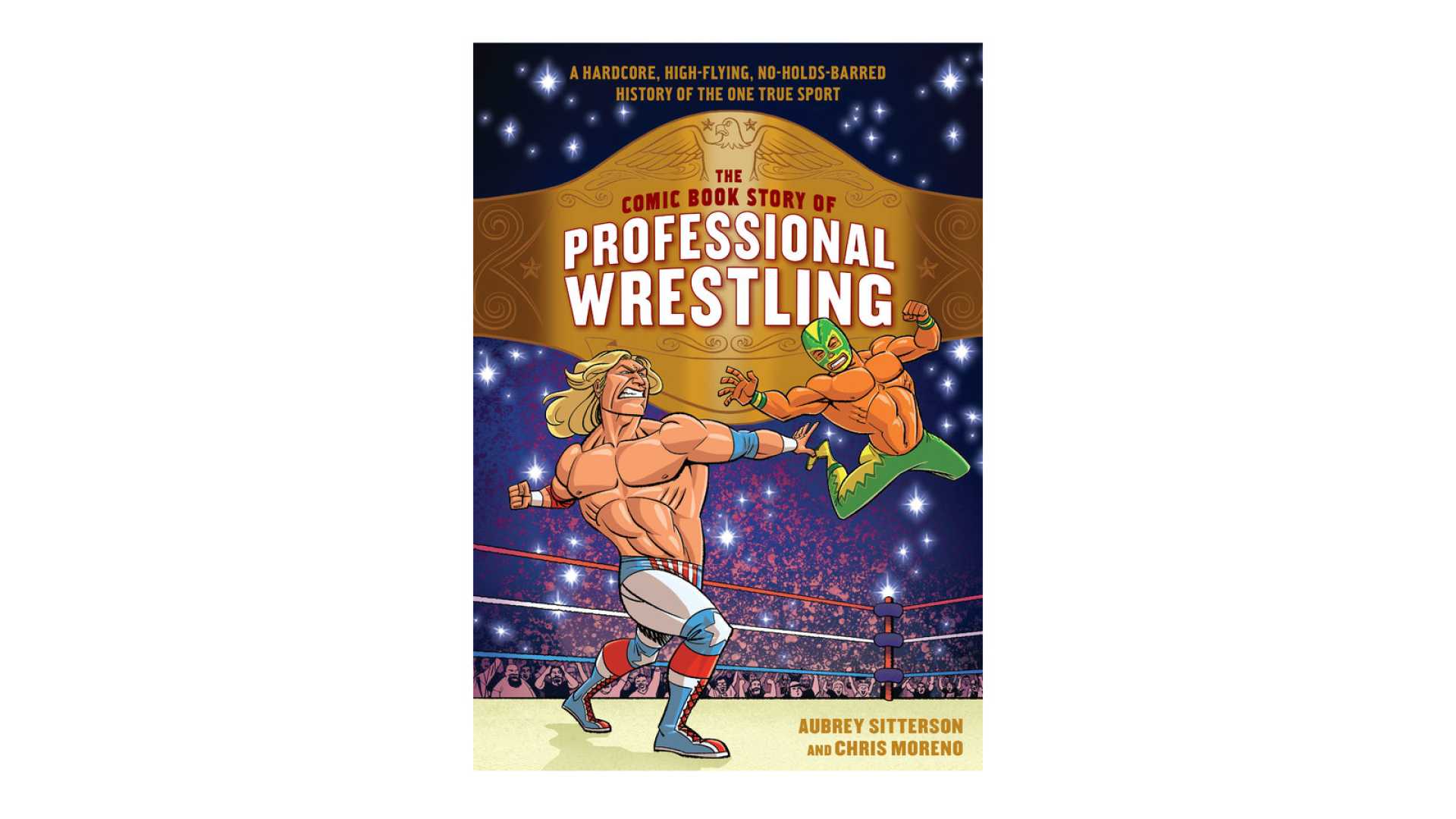Entertainment
The Rise and Fall of Kayfabe: A Wrestling Legacy

NEW YORK — Once a cornerstone of professional wrestling, the tradition of kayfabe has transformed radically over the years, largely thanks to the rise of the internet. Legendary wrestlers and promoters once protected the illusion of staged combat fiercely, but that commitment has waned as fans have become more aware of the scripted nature of the sport.
In wrestling’s heyday, adhering to kayfabe was almost sacred. The most hardened promoters were known to enforce strict rules to maintain the mystique that surrounded the wrestlers and their rivalries. Icons like Bruno Sammartino and Rodolfo Guzmán Huerta have engaged in elaborate ruses to protect the integrity of their characters.
Sammartino, for instance, is remembered as the longest-reigning WWE Champion, holding the title for an astounding seven years, a testament to both his wrestling prowess and his dedication to kayfabe. He famously blamed a neck injury on fellow wrestler Stan Hansen, setting up a monumental showdown that intensified fan engagement and sometimes led to riots during his matches.
In Mexico, the masked luchador Santo became a symbol of kayfabe, revered for his commitment to never revealing his identity. The dedication didn’t stop with his in-ring performance; he went to great lengths to ensure he was never seen without his mask, even traveling separately from his crew. Santo remained iconic until the very end, being buried in his mask.
Another dedicated performer was Armand Hussein, who kept his origins a mystery, even to fellow wrestlers. Billed as hailing from the Sudan, Hussein spoke exclusively in character, adding layers of intrigue that kept audiences guessing and interested in his persona.
As the years progressed, complexities arose within kayfabe—most notably in the 1980s when professional wrestling began to embrace more of a scripted reality. Wrestler Arn Anderson, known for his work ethic and skill, maintained his kayfabe character, treating every moment as genuine and with weight, even in retrospective interviews about his career.
The practice of preserving kayfabe reached bizarre levels with Paul Heyman, a creative force in wrestling who seamlessly blurred the lines between reality and entertainment. His ability to orchestrate storylines that engaged fans while keeping them guessing is unmatched. He’d often play with emotions, inviting skepticism and genuine responses from audiences.
Wrestlers like the Undertaker took the commitment to kayfabe further; even in interviews, he was addressed as the ‘Deadman,’ and rarely broke character, solidifying his status as a wrestling icon. This approach has contributed to how fans engage with professional wrestling, making the lines between real and scripted even more pronounced.
Not all actions in kayfabe were risk-free. Wrestlers like Mr. Wrestling were known to go to great lengths, including returning to performance after severe injuries merely to uphold the facade of toughness and resilience expected from their characters, demonstrating the risks athletes took to maintain kayfabe.
As wrestling evolved, the absolute nature of kayfabe began to fade. Old-school traditions increasingly conflicted with the need for transparency in modern sports entertainment, prompting some wrestlers to embrace their real identities. Famed wrestlers like Hulk Hogan and Scott Hall often showcased their off-screen personas, making it easier for fans to separate reality from performance.
The current landscape of wrestling has shifted dramatically. As public knowledge of scripted matches broadens, the previous ironclad grip of kayfabe now feels like a nostalgic relic of the past. Nonetheless, some performers still make efforts to sustain the tradition, mixing reality with scripted narratives in ways that entice audiences.
The legacy of kayfabe, though dimmed, still influences the way stories are told in the ring. It serves as a reminder of a time when wrestling was more than just a show; it was an art form that captivated audiences across generations.












